What Is Arc Blow in Welding?
Arc blow is a common challenge welders encounter, particularly when working with direct current (DC) welding. It refers to the unwanted deflection of the welding arc away from its intended path. Instead of staying steady, the arc becomes unstable, making it difficult to produce a clean, consistent weld.
Arc blow not only affects weld quality but can also cause excessive spatter, incomplete fusion, and defects that compromise the strength of the joint. Understanding this phenomenon is crucial for welders who want to maintain precision and avoid costly rework.
Common Causes of Arc Blow
Several factors can contribute to arc blow during welding. The most common include:
- Magnetic Fields – The welding current generates magnetic fields, which can interact with the base metal and divert the arc.
- Workpiece Shape and Size – Irregular or asymmetrical parts can disrupt magnetic balance.
- Ground Clamp Placement – Poor grounding can cause uneven current flow, increasing the risk of arc deflection.
- Welding at Joints or Corners – These areas tend to concentrate magnetic forces, making arc blow more likely.
- Excessive Current – Higher current levels intensify the magnetic field and arc instability.
Types of Arc Blow: Magnetic and Thermal
Arc blow can be classified into two main types:
- Magnetic Arc Blow
- Caused by the interaction of the welding current’s magnetic field with the base metal.
- Most common when using DC welding.
- Usually occurs at the ends of weld joints, corners, or near clamps where magnetic forces are uneven.
- Caused by the interaction of the welding current’s magnetic field with the base metal.
- Thermal Arc Blow
- Occurs due to temperature differences in the workpiece during welding.
- Less common but can still lead to arc deflection and poor weld bead appearance.
- More likely when welding thick sections or when there is uneven heat distribution.
- Occurs due to temperature differences in the workpiece during welding.
How to Prevent Arc Blow During Welding?
While arc blow can be frustrating, several techniques can help minimize or eliminate it:
- Switch to AC Welding – Alternating current reduces magnetic build-up and is less prone to arc blow.
- Reposition the Ground Clamp – Placing the ground closer to the weld area can help balance magnetic fields.
- Adjust Welding Direction – Welding toward the ground connection often reduces arc deflection.
- Reduce Welding Current – Lowering the current decreases magnetic forces.
- Use Shorter Arc Length – Keeping the arc closer to the workpiece improves stability.
- Apply Magnetic Shunts – Special devices can help redirect magnetic fields away from the weld area.
Conclusion
Arc blow is a welding challenge that can cause significant defects if left unaddressed. By understanding its causes—primarily magnetic and thermal imbalances—and applying proven prevention methods, welders can achieve more stable arcs and higher-quality welds.
Whether you’re welding structural steel, pipelines, or fabrication projects, controlling arc blow is an essential skill. With the right techniques, you can keep your arc steady and ensure strong, reliable welds every time.

